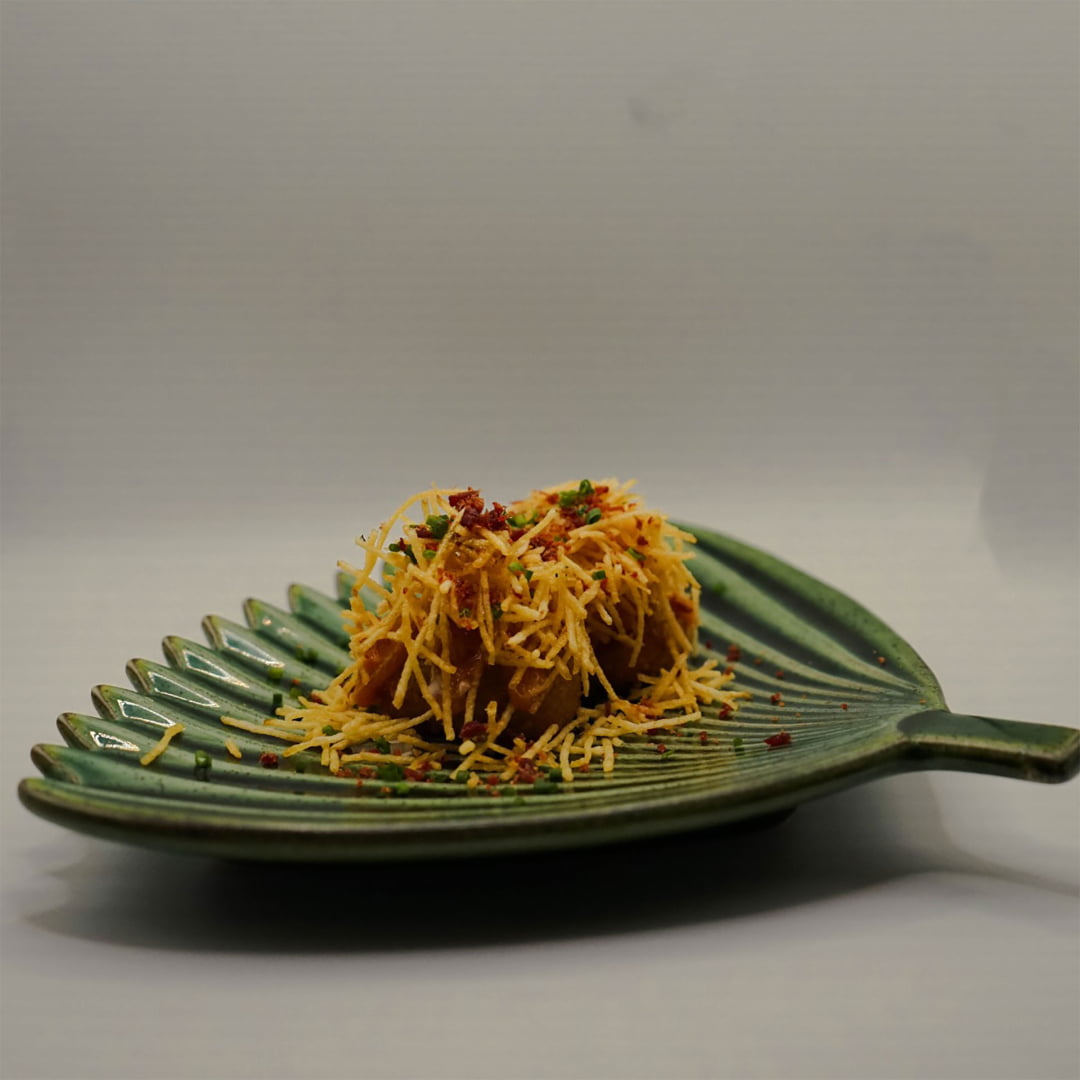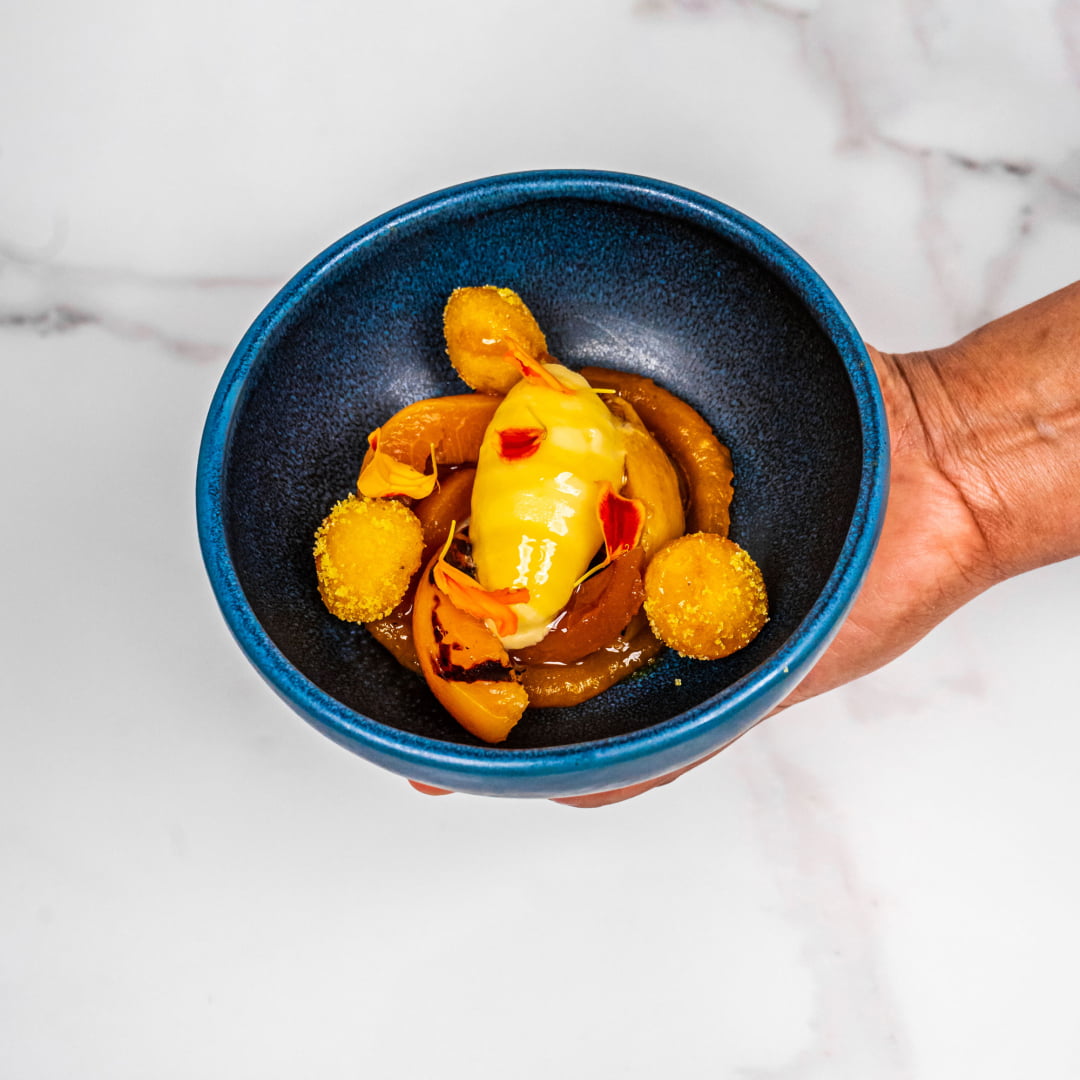Understanding the defenses of plants: from survival to conscious eating, an agroecological and regenerative journey.
Unlike animals, plants cannot run away from their predators. As such, they have developed several strategies to defend themselves and survive: physical defense – by equipping themselves with protective elements such as thorns or defense by symbiosis with defending animals by creating beneficial conditions to attract them and that in turn defend them – visual defense – by deceiving predators by their shape and color – and among others, chemical defense.
Plants develop their own pesticides to defend themselves from herbivores, bacteria, and fungi. This defense happens in several ways: destroying the predator’s metabolism or physical structure, altering its hormonal balance, reducing its ability to digest, among others. It turns out that many of these toxic compounds also have a relevant impact on human health through food, which is why they are called antinutrients.
The history of humanity is full of historical cases of the impact of these substances: Pellagra caused by the importation of corn by European colonizers who were unaware of the traditional methods of preparing it; nixtamalization, a cyanide poisoning due to the consumption of unwashed and fermented cassava and more recently the growing number of cases of hormonal imbalances in children, caused by excessive consumption of soy. After all, we all remember that flatulence that precedes a beautiful feijoada.
In times of scarcity, humanity has learned to survive with these toxins, creating ways to reduce their impact on our health. The accumulation of this knowledge leads us to believe that the most efficient way to avoid antinutrients is to eliminate plants that cause us problems from our diet or to combine several mitigation strategies to ensure that we follow a diet that keeps us healthy.
What can we do?
Fermentation is a traditional method of using the metabolizing action of microorganisms and reducing phytates and lectins in cereals and legumes in the form of pancakes, porridge and sourdough bread. Soybeans, a traditional food of the East, are mostly consumed fermented in the form of tempeh, natto, miso, soy sauce and others. Many vegetables can be fermented into pickles, sauerkraut, kimchi, reducing their antinutrients and making them more nutritious foods. Sugar can be used to stimulate the development of delicious drinks such as Aquela Kombucha by metabolizing it into a vast number of beneficial compounds.
Soak cereals, legumes and legumes in water overnight or for longer periods of time to reduce phytates, enzyme inhibitors, lectins, tannins, phytoestrogens and oxalates. Most antinutrients are water-soluble, and they dissolve easily in water that must be discarded – the practice of using soaking and cooking water to make bean rice or aquafaba is an antagonistic strategy. Sowing, when long, involves a fermentation process that can be stimulated using vinegar or a source of microorganisms.
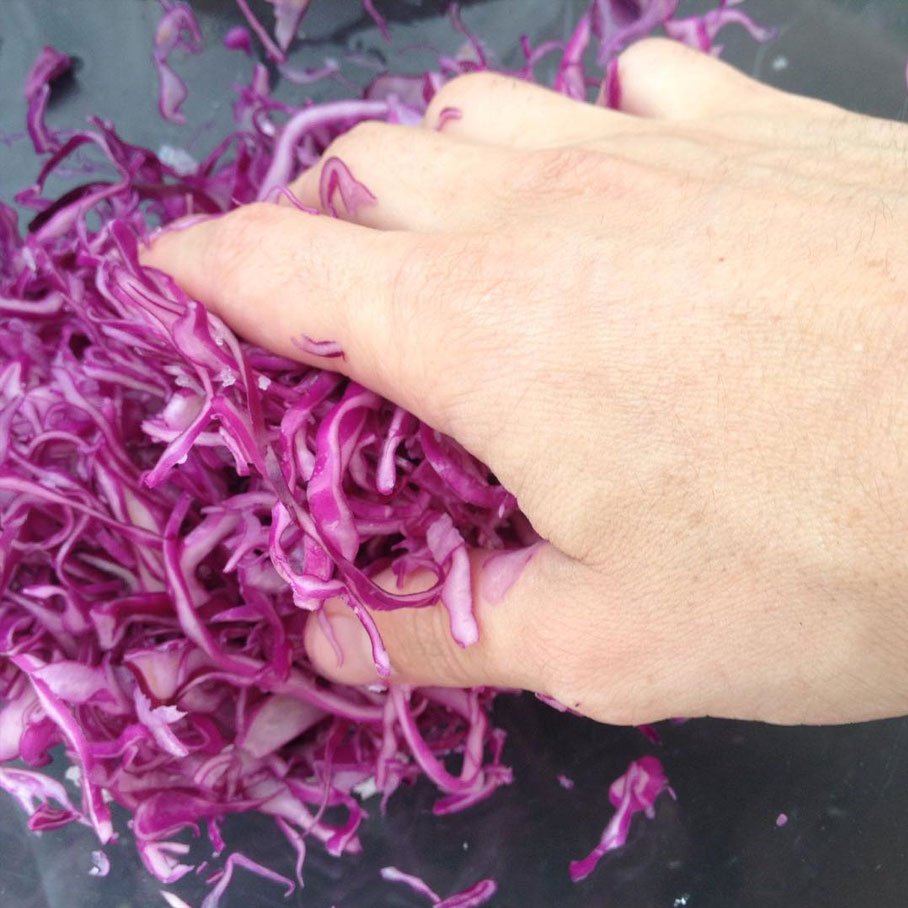
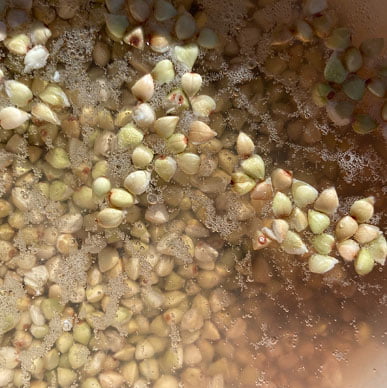
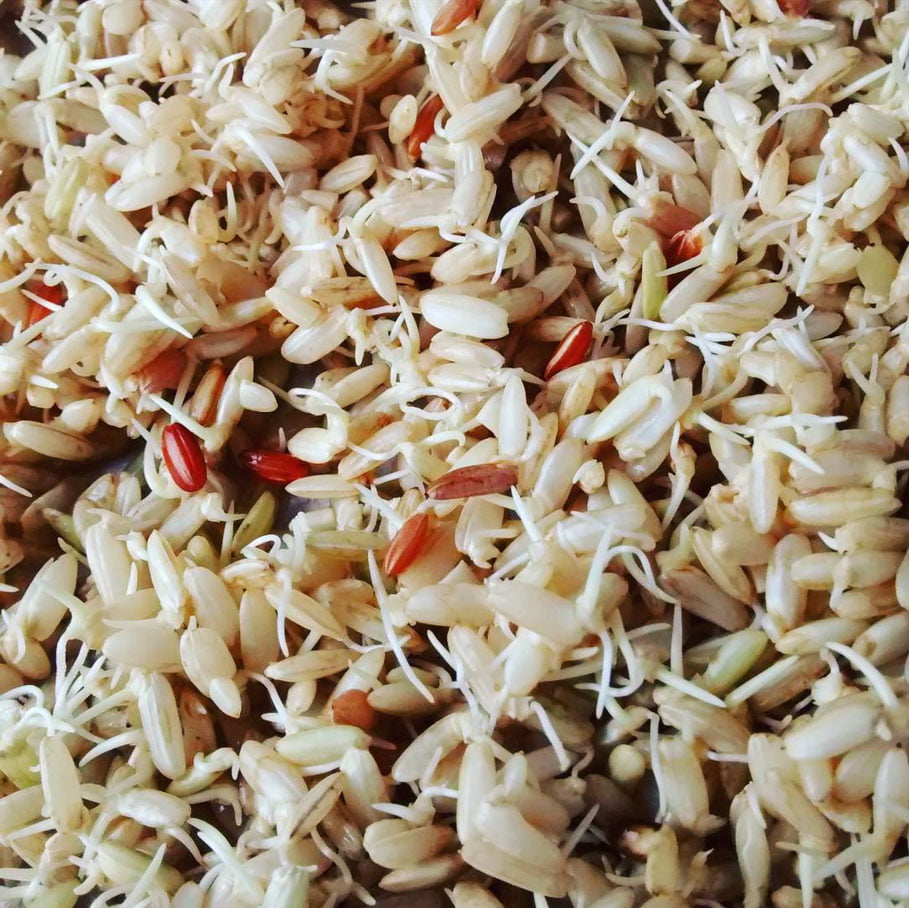
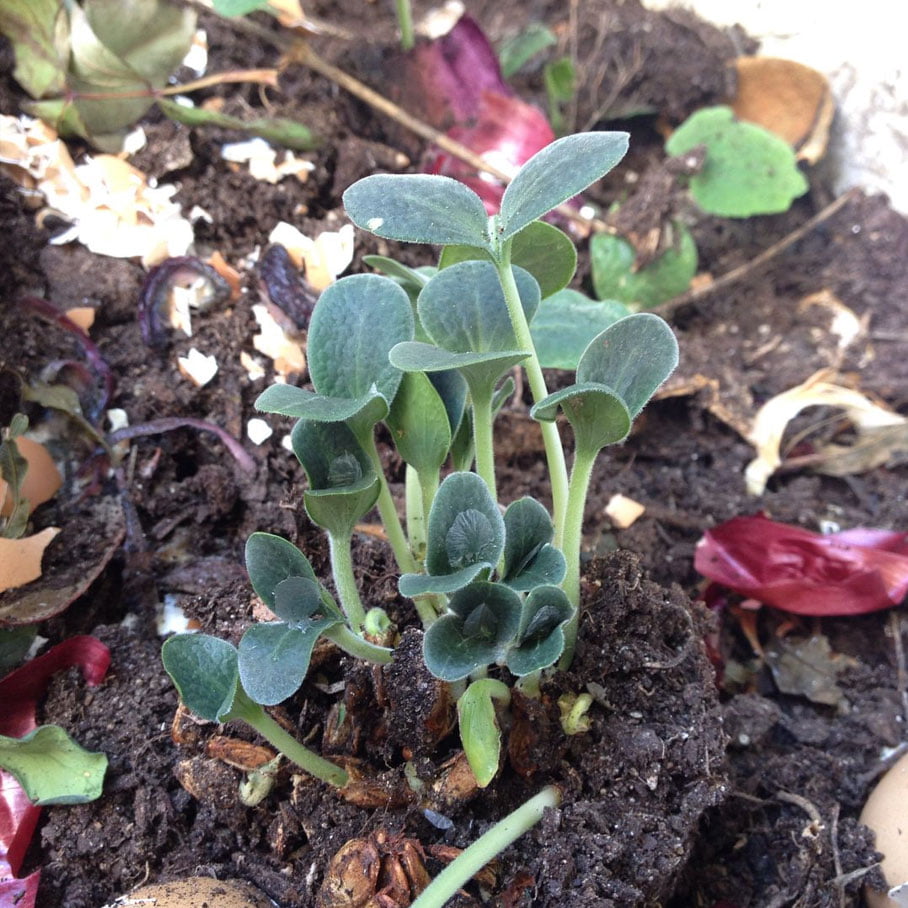
Germinating seeds makes their nutrients more accessible and degrades to some extent phytates and slightly inhibitors of enzymes and lectins.
Cooking at high temperatures, especially by boiling, degrades lectins, tannins, enzyme inhibitors, phytoestrogens and glucosinolates to some extent. Oxalates can also be reduced by this method. Phytates, on the other hand, are quite resistant to temperature and do not show great degradation in this process. In general, the more it cooks, the less antinutrients the food will have. You need to be wary of the panacea of raw diets that ignore the impact of antinutrients and exacerbate your consumption of them in the form of vegetable smoothies and raw cereal porridge.
Eliminate or Reduce the consumption of: sugar, cereals, legumes, oilseeds, solanaceous, cruciferous, spinach, chard and other plants presented in the antinutrient table and eat a rich and balanced diet in nutrient-dense foods.
Compost vegetable peels such as potatoes and sweet potatoes, carrot and beet branches. Reducing waste is important, but not at the expense of our health, the soil and animals will be much better served.
Regenerative greetings,






